Indoor LED screen displays are a type of digital signage that uses Light Emitting Diodes (LEDs) to display multimedia content such as videos, images, and text. They have become a popular advertising tool for businesses because of their high brightness, high resolution, and dynamic display capabilities, which make them an effective way to capture the attention of customers and promote products or services. Additionally, LED screens offer flexibility in terms of content management, allowing businesses to easily update and customize their advertising messages according to their changing needs. LED screens are also energy-efficient and have a long lifespan, making them a cost-effective advertising solution in the long term. As an LED display manufacturer and supplier with many years of manufacturing experience, we can customize exclusive indoor LED displays according to customer needs.
- Advantages of Indoor LED Screens Displays
- Types of Indoor LED Screens Displays
- Choosing the Right Indoor LED Screen Display for Your Business
- Installation and Maintenance of Indoor LED Screen Displays
Advantages of Indoor LED Screens Displays
Indoor LED screens offer a range of advantages for businesses, making them an effective advertising tool. Some of these advantages include:
Attention-grabbing: LED screens are bright and vibrant, making them hard to ignore. They can display dynamic content that catches the eye, making them ideal for advertising promotions, sales, or new products.
Flexibility: LED screens are highly customizable, allowing businesses to tailor their advertising messages to specific audiences or events. They can easily display different content at different times of the day or week, allowing businesses to target different customer segments.
Dynamic content: LED screens can display video, animations, and other multimedia content, making them an engaging way to promote products or services. They can also be used to display real-time data, such as weather updates or stock prices.
Cost-effective: LED screens have a long lifespan and are energy-efficient, making them a cost-effective advertising solution in the long term.
Brand awareness: LED screens can help businesses build brand awareness by displaying their logo or brand message in a prominent location. This can help to create a memorable impression on customers.
Examples of businesses that have successfully used indoor LED screens for advertising purposes include:
Retail stores: LED screens are commonly used in retail stores to display promotions, sales, and new products. For example, clothing stores can use LED screens to showcase their latest collections or highlight special offers.
Sports arenas: LED screens are often used in sports arenas to display scores, replays, and other information. They can also be used to display advertisements for sponsors or upcoming events.
Restaurants: LED screens can be used in restaurants to display menus, specials, or promotions. They can also be used to create a dynamic atmosphere by displaying videos or animations.
Corporate offices: LED screens can be used in corporate offices to display real-time data, such as sales figures or stock prices. They can also be used to communicate important messages to employees or visitors.
Overall, indoor LED screens offer a range of benefits for businesses looking to promote their products or services in a dynamic and engaging way.
Types of Indoor LED Screens Displays
Indoor LED screens come in a variety of types, each with its own unique features and benefits. The three most common types of indoor LED screens are flat panel displays, video walls, and transparent displays.
Flat Panel Displays
Flat panel displays are single screens that can be mounted on a wall or used as a standalone display. They are available in a variety of sizes and resolutions and can be used for a range of purposes, from displaying simple text and images to high-definition videos. Flat panel displays are easy to install and maintain, making them a popular choice for businesses of all sizes.
Examples of businesses that have used flat panel displays effectively include:
- Hospitals: Hospitals use flat panel displays to display important information such as patient status, schedules, and directions.
- Retail stores: Retail stores use flat panel displays to showcase products, promotions, and other marketing messages.
- Corporate offices: Corporate offices use flat panel displays to display data and presentations in meeting rooms and lobbies.
Video Walls
Video walls are large displays made up of multiple smaller screens that are mounted together to create a seamless display. They are ideal for creating a dramatic visual impact and can be used to display high-definition videos and animations. Video walls are highly customizable and can be configured to suit any space or purpose.
Examples of businesses that have used video walls effectively include:
- Sports arenas: Sports arenas use video walls to display replays, scores, and other information during games and events.
- Casinos: Casinos use video walls to display games, advertisements, and other content.
- Retail stores: Retail stores use video walls to create immersive shopping experiences by displaying high-definition videos and animations.
Transparent Displays
Transparent displays are screens that allow viewers to see through them. They are typically used in storefronts or other public spaces to display advertising messages without obstructing the view of the surroundings. Transparent displays can be used to display text, images, and videos.
Examples of businesses that have used transparent displays effectively include:
- Fashion stores: Fashion stores use transparent displays to showcase clothing and accessories in storefront displays.
- Museums: Museums use transparent displays to provide information about exhibits without obstructing the view of the artifacts.
- Airports: Airports use transparent displays to display flight information and other important messages without obstructing the view of the terminal.
Overall, the type of indoor LED screen that is best for a business will depend on their specific needs and budget. Flat panel displays are ideal for businesses that require a single display for simple content, while video walls and transparent displays are better suited for businesses that require larger or more complex displays.
Choosing the Right Indoor LED Screen Display for Your Business
When choosing an indoor LED screen, businesses should consider several factors to ensure they select the right screen for their needs. These factors include:
Size: The size of the screen will depend on the space available and the viewing distance. A larger screen is better for large spaces or when the audience is far away, while a smaller screen is suitable for smaller spaces or when the audience is closer.
Resolution: The resolution of the screen will determine the quality of the display. Higher-resolution screens are better for displaying detailed content, such as text or graphics.
Brightness: The brightness of the screen will affect how well the content is visible in different lighting conditions. Brighter screens are better for environments with high ambient light levels.
Budget: The cost of the screen will depend on its size, resolution, and other features. Businesses should consider their budget and choose a screen that meets their needs without breaking the bank.
When choosing a supplier or manufacturer for their LED screen, businesses should look for companies with a proven track record of delivering high-quality screens and excellent customer service. They can research potential suppliers online and read reviews from other customers to get an idea of their reputation.
Renting an LED screen can be a cost-effective option for businesses that only need the screen for a short period of time, such as for a special event or promotion. Renting allows businesses to access high-quality screens without the upfront cost of purchasing, and they can choose from a range of sizes and resolutions to suit their needs.
Overall, businesses should carefully consider their needs and budget when choosing an indoor LED screen, and they should work with reputable suppliers to ensure they get the best quality screen for their money.
Installation and Maintenance of Indoor LED Screen Displays
Installing and setting up an indoor LED screen display requires careful planning and attention to detail to ensure optimal performance. Here is a step-by-step guide to help businesses install and set up their indoor LED screen display:
Plan the installation: Before installing the screen, businesses should determine the best location for the screen, taking into account factors such as viewing distance, lighting conditions, and power supply. They should also consider any necessary permits or approvals required for installation.
Install the mounting system: The mounting system will depend on the type of screen being installed. Flat panel displays can be mounted on a wall or stand, while video walls require a custom mounting system. The mounting system should be installed securely to ensure the screen is stable.
Connect the cables: The cables should be connected according to the manufacturer’s instructions. This may include a power cable, video cable, and audio cable if necessary. Care should be taken to ensure the cables are not damaged during installation.
Configure the display settings: Once the screen is installed and connected, businesses should configure the display settings, such as resolution, brightness, and contrast. They can do this using the on-screen menu or a remote control.
Test the screen: Before using the screen, businesses should test it to ensure it is working properly. They can display test images or videos and check for any issues such as dead pixels or flickering.
Maintaining an indoor LED screen display is important to ensure optimal performance and longevity. Here are some tips for maintaining an indoor LED screen:
Clean the screen regularly: The screen should be cleaned regularly using a soft, lint-free cloth to remove dust and dirt. Harsh chemicals or abrasive materials should be avoided.
Check the connections: The cables should be checked regularly to ensure they are secure and not damaged. Loose or damaged cables can cause the screen to malfunction.
Monitor the temperature: LED screens can overheat if they are operated in high temperatures. The temperature should be monitored and the screen should be turned off if it becomes too hot.
Schedule regular maintenance: Regular maintenance, such as cleaning and checking for damaged components, can help prevent issues and extend the life of the screen.
By following these steps and tips for maintaining the screen, businesses can ensure optimal performance and longevity of their indoor LED screen display.
Indoor LED screen displays have become a popular advertising tool for businesses due to their ability to grab attention, flexibility, and dynamic content capabilities. The various types of indoor LED screens available include flat panel displays, video walls, and transparent displays, each with their own unique features and benefits. Businesses should consider factors such as size, resolution, and budget when choosing an indoor LED screen and work with reputable suppliers for installation and maintenance.
Benefits of using indoor LED screen displays for businesses include the ability to capture attention, display dynamic content, and enhance brand awareness. Businesses can use indoor LED screen displays to showcase products, services, and promotions, and can easily update their content to keep customers engaged. By incorporating indoor LED screen displays into their advertising strategies, businesses can enhance their customer experience and increase their brand exposure.
Overall, businesses should consider using indoor LED screen displays to capture the attention of their customers and enhance their advertising strategies. By working with reputable suppliers and maintaining their screens properly, businesses can ensure optimal performance and longevity of their indoor LED screen displays.
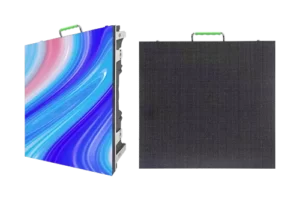


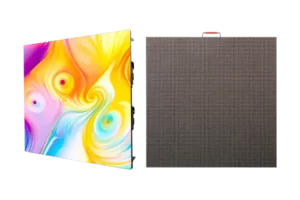
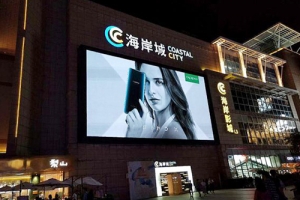



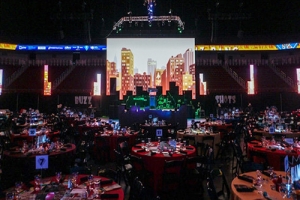

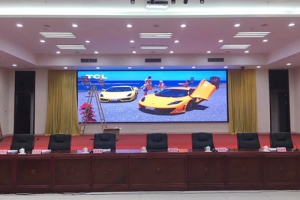
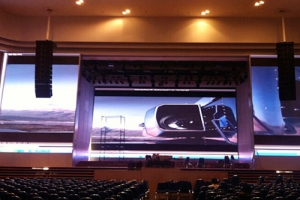
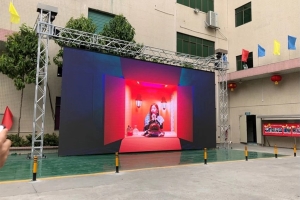
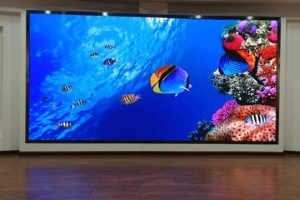
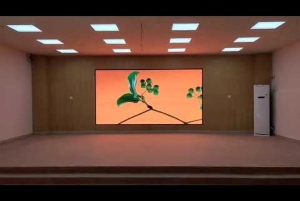



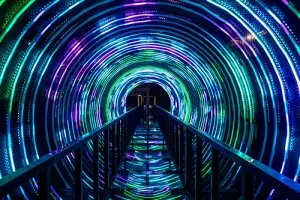


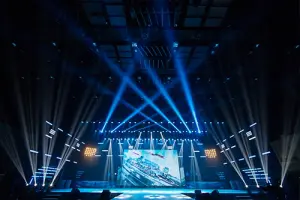
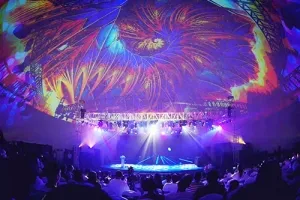

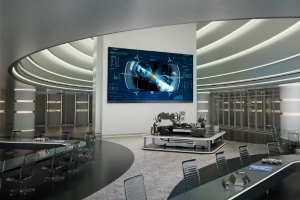






 Language
Language 




